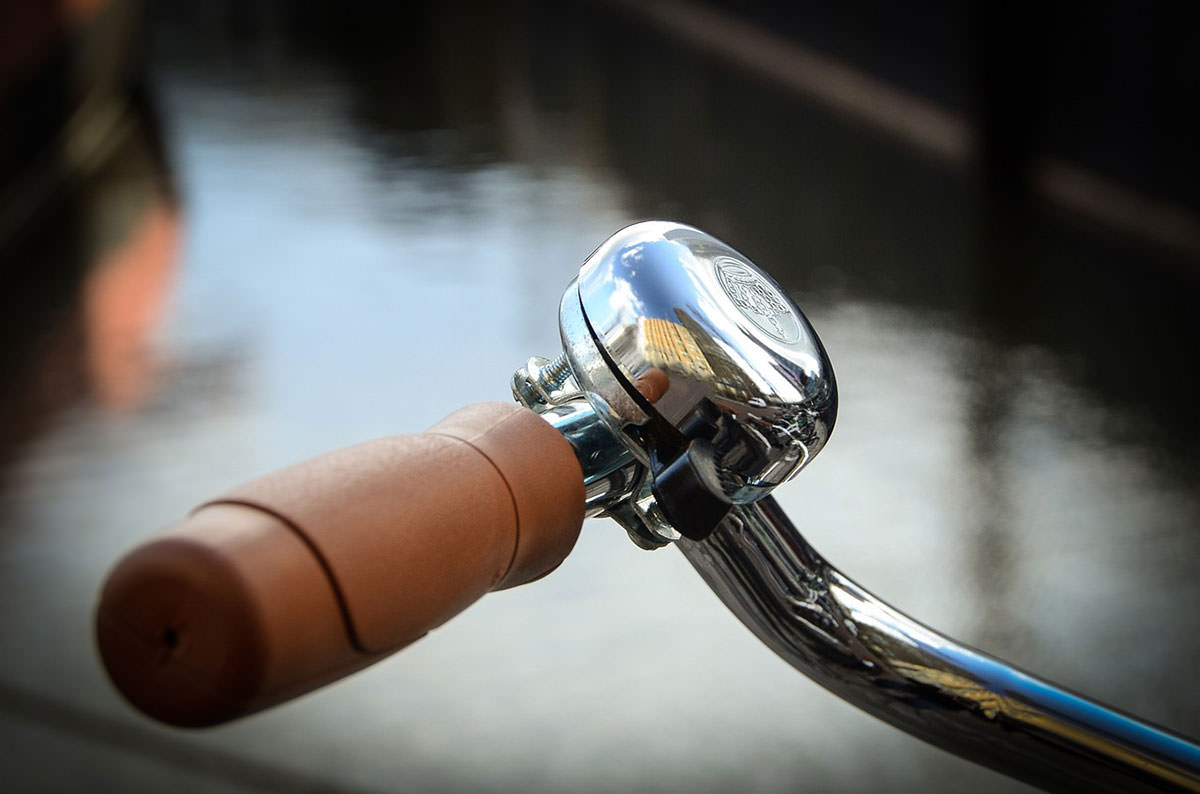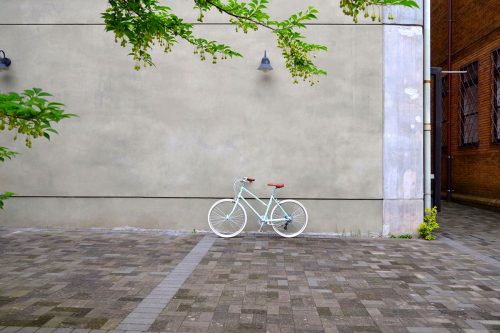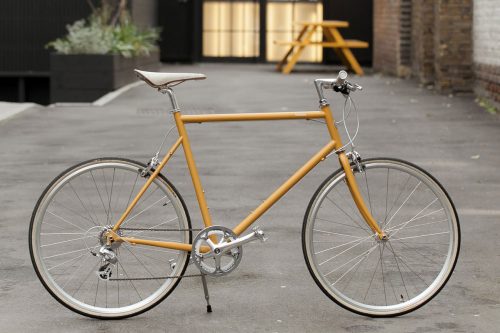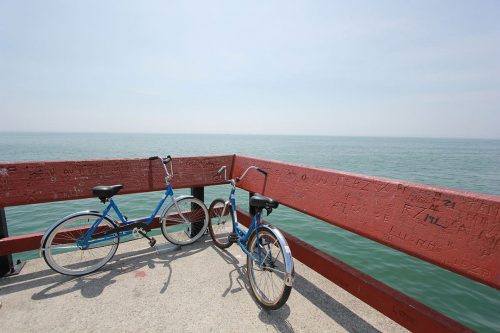After the article “Take care of your bikes. They need love too!”, we received a lot of positive feedback from you, our beloved readers and requests for more. Therefore, without further ado, this is how you can thoroughly maintain your bikes.
Store It
I tell everyone to store bike(s) inside. It’s the best way to keep them running and looking like new. And it doesn’t take much in the way of space or supplies. The only item needed is a bike hook. These are shaped like question marks and coated with vinyl so as not to scratch the wheel when you hang the bike on the hook.
Install the hook in a stud in a wall or a rafter or beam; anywhere where the bike can hang vertically is fine. I’ve seen bikes stored in stairwells, bathrooms, bedrooms—anyplace you can find dead space is fine. It’s also possible to use two hooks and hang the bike horizontally, one wheel on either hook.
It’s not the hanging that saves the bike. It’s keeping the bike out of the environment. You might think it’s okay to leave it on a porch or deck as long as there’s a roof covering it. Don’t make that mistake. Moisture in the air will attack the metal parts on the bike. Especially caustic are areas close to the ocean where the salt in the air will quickly corrode components.
You can avoid these hazards by simply storing the bike indoors. If you don’t like the idea of bike hooks in your walls or rafters, consider a bike storage display stand, which your local bicycle shop might stock or can order for you. These provide convenient storage while displaying the bike like a work of art.
Baby It
Bikes are tough but you greatly increase the chance of problems and rapid wear if you beat them. It’s much better and you’ll enjoy the riding more, if you learn how to ride smart to protect the bike. The key skill is to learn to constantly scan the road or trail ahead and try to avoid the things that ruin a bike such as potholes, ruts, roots, rocks, glass, oil spots, etc.
Some of these things can’t be avoided. And riding off road, you have to ride over obstacles all the time. But there are ways to do it, and still save the bike. Learn to get up off the seat and bend your arms and legs the same way a jockey sits on a racehorse. If you do this every time you spot objects you can’t ride around, you’ll protect the frame, fork, wheels and components.
If you enjoy jumping a mountain bike, learn to do so professionally. Good jumpers rarely land hard. They work on their technique so they land softly; you barely hear the impact. Ditto for riding wheelies or hopping over logs and things. The lighter your technique the better chance your bike won’t take a beating. It’ll save you money in replacement parts, greatly reduce the chance of injury, and ensure that your bike keeps running trouble free.
Inspect It
All machines wear, and a bike is no different. Expect changes in your equipment if you ride a lot and prevent failures by staying on top of things with weekly or monthly inspections (depending on how much you ride).
Scrutinize the brake pads to see if they’ve worn out (most have grooves in them; when the grooves disappear, replace the pads). When the pads shrink from use, you not only lose braking power, the chances of the pad diving into the spokes or striking the tire and popping it increase.
Operate the brake and shift lever and look closely at all four cables both at the levers and at the derailleurs and brakes. Also inspect along the frame. If you spot any signs of fraying or rusting or even if you see cracking in the cable housing sections, have the cable and housing replaced by a shop. That’s much better than getting stranded miles from home with no brakes or a bike stuck in a super-hard-to-pedal gear.
Check the tightness of key component by putting a wrench on every important bolt and snuggling slightly to see if it has loosened. Check the seat and seatpost bolts; the wheel quick releases; the stem and handlebar bolts; the brake and shift lever bolts; wiggle the spokes to feel for loose ones; tighten clipless pedal screws; and don’t forget bolts holding on accessories, which can loosen too.








Really helpful. Thank you. I should always take good care of my bike.
I am guilty of not caring for my bike enough. Thank you for reminding me.
I totally agree with your opinion